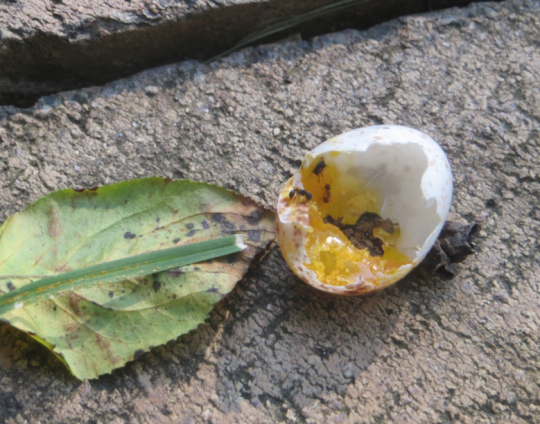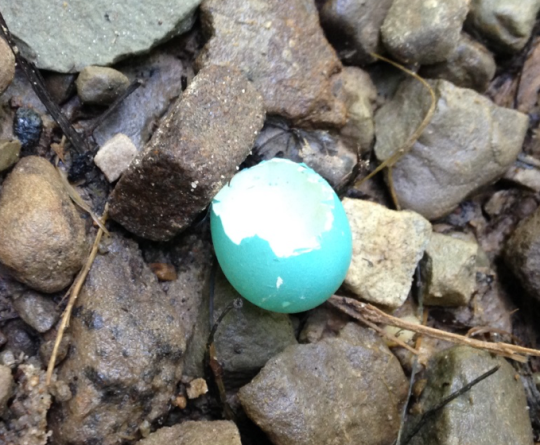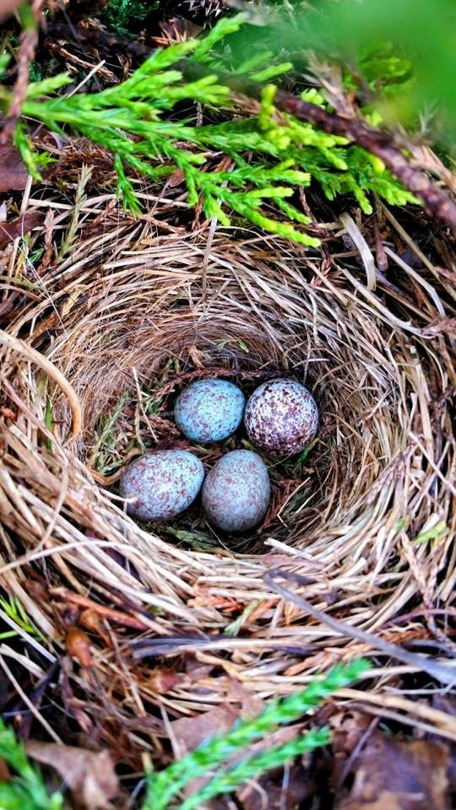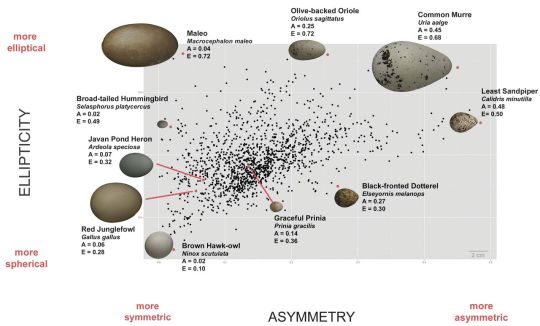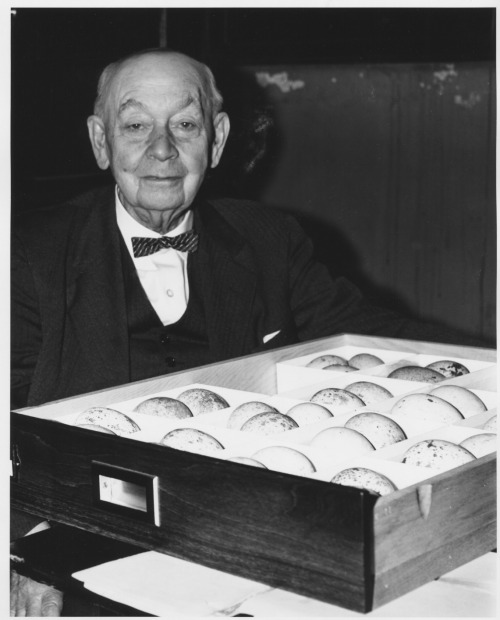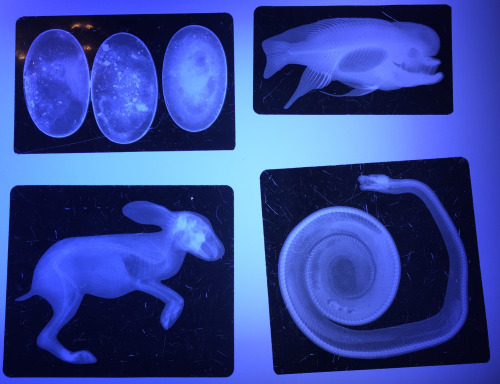CMNH Learning & Community is inviting Museum on the Move families to join us at the museum for Sensory Friendly Egg-stravaganza!
Celebrate springtime at this sensory supportive experience at Carnegie Museum of Natural history! From tiny insects to giant dinosaurs, the museum has eggs and nests of all shapes and sizes to discover. Which one is YOUR favorite? Museum galleries will open to this event before regular museum hours, will have reduced audio/visual elements, and calming spaces with support materials.
Pre-registration is required, and includes regular museum admission if you would like to stay past 10am.
Museum on the Move
Sensory Friendly Egg-stravaganza!
Saturday, March 30, 8:30 a.m. to 10 a.m.
